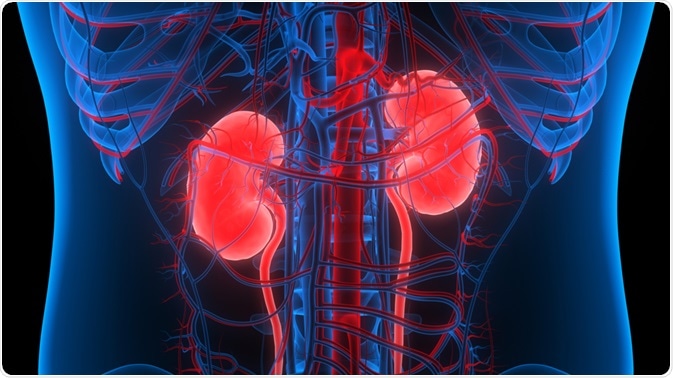Organ gift is a blessing, and it should come from the heart, not by enthusiastic pressure. Kidney transfers are the most widely recognized organ relocate that occurs. Kidney transfers made ready for careful groups to create fruitful transplantation of different organs, including heart, lung, pancreas, and liver.
Individuals who don’t have great kidneys are exceptionally debilitated. Kidneys do numerous things that are critical to remaining solid. Typical kidneys play out a few significant undertakings that keep the body healthy:
One kidney, working at the 20% limit, can do the entirety of the abovementioned. The kidneys produce pee that channels through limited cylinders (called ureters) into the bladder. Consistently the kidneys channel 160 quarts of liquid from the circulation system, eliminating around 1-1/2 quarts of waste as urine.
There are two different ways to supplant the kidneys: dialysis and transplantation. Dialysis is when specialists utilize a machine and prescriptions to accomplish the work that kidneys do. A superior method to accomplish the kidney’s work is to give the individual another kidney. To be a contender for immunotherapy, the patient should be in acceptable general condition, have a satisfactory capacity of imperative organs (for example, the heart, lungs, and kidneys), and have no mind metastasis.
For those with kidney disappointment, kidney transfers are desirable over treatment by dialysis. Kidney transfers are intended to treat patients whose kidneys are fizzling, making them incapable of dealing with body side-effects. Transfers did not long after beginning dialysis are more fruitful than transfers performed at least two years after a patient begins dialysis. Patients who get live giver kidney transfers, as a rule, have a lot more limited holding up occasions than the individuals who get kidneys from expired givers. Transfers of kidneys from more youthful givers will, in general, endure longer than transfers from more established givers.

Kidneys are dispensed dependent on, among different contemplations, the match between the contributor and beneficiary blood gatherings and hereditary sort (called the tissue type or HLA type). Kidneys taken from living givers regularly start to work quickly, while those from corpses may require as long as about fourteen days for tissues to change and get utilitarian.
In contrast to patients’ excess in other clinical territories, renal transfers happen when the giver’s kidney opens up. By and large, patients recorded for a perished giver relocate stand by roughly three years, yet there is a lot of inconstancy in this. For instance, for a patient with an uncommon tissue type, there will be fewer givers with a tissue type that coordinates that of the patient well, contrasted with patients with more normal tissue types. Moreover, a few patients have antibodies coordinated against certain tissue types, which implies that a few, or even most, giver’s kidneys are not reasonable for these patients.
After a medical procedure, patients can hope to be hospitalized for roughly 7 to 10 days. After being released, patients are considered every day to be outpatient for roughly a month. After the everyday outpatient visits, patients are told to do no hard work or exercise for 8 to 10 weeks. Patients who don’t smoke or quit any pretense of smoking, keep decent body weight, and exercise routine is bound to have numerous long periods of good quality existence with a well-working kidney.
By Shadrack Wandera

















